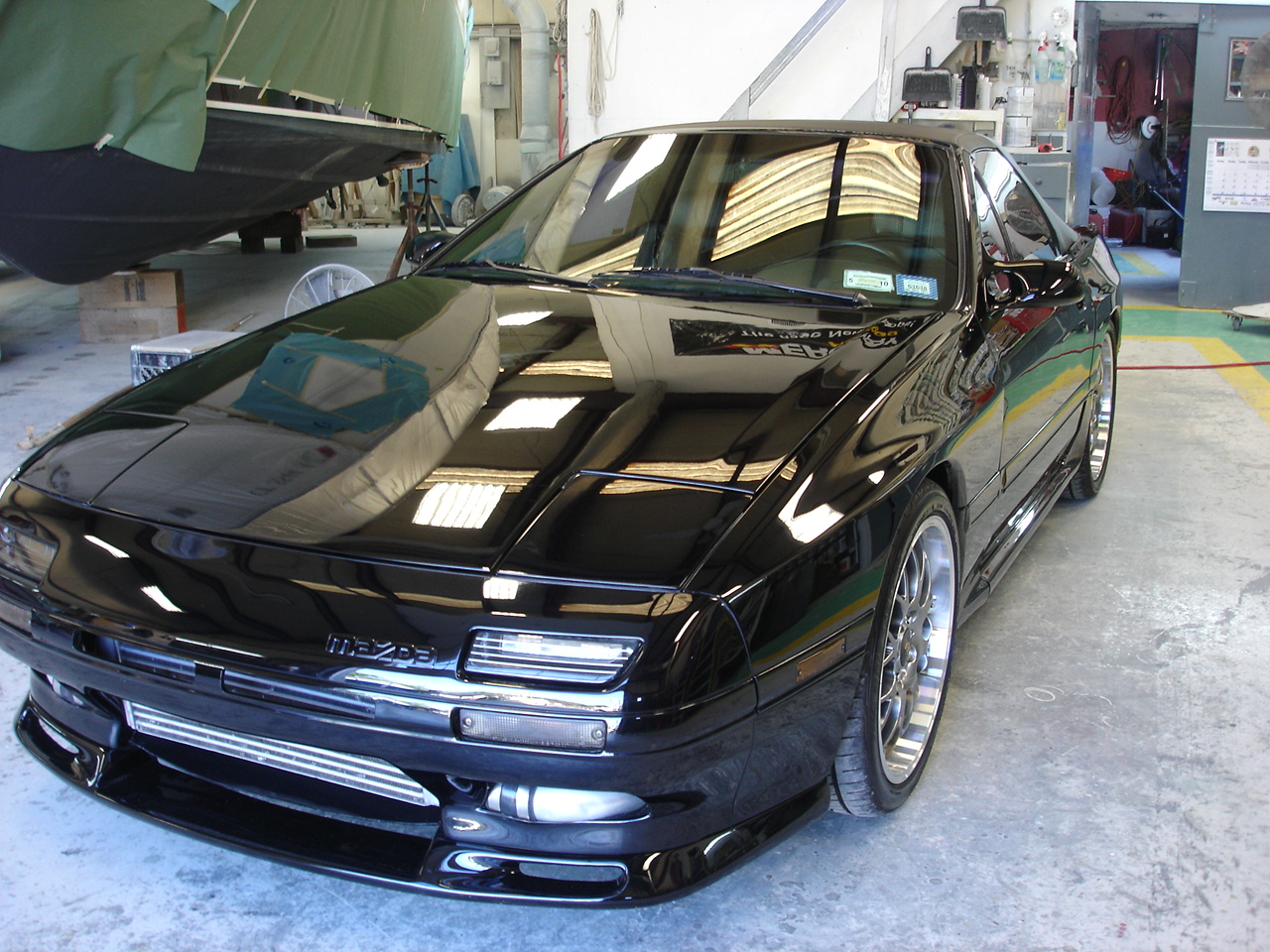When it comes to truck ownership, one of the most prevalent yet understated considerations is the cost of a paint job. Truck paint jobs can vary widely in price, influenced by a myriad of factors, and understanding this landscape can help you make informed decisions that align with your budget and aesthetic preferences. So, how much does it actually cost to paint a truck? Let’s delve deeper into this topic, exploring the intricacies of pricing, services, and the allure of a fresh coat of paint.
First and foremost, the basic cost of painting a truck typically ranges from $500 to $5,000. This substantial variance is dependent on several critical elements, including the truck’s size, the quality of materials, and the facility’s labor rates. At the lower end, you may find a quick and simple spray job, which often does not include extensive preparation or attention to detail. On the higher end, you could expect a comprehensive paint job that involves thorough surface preparation, high-quality paint, and meticulous application processes.
Transportation type plays a crucial role in determining the final price. Larger trucks—like pick-ups and SUVs—require more paint and time to cover all areas. A full-size truck might necessitate as much as 2 to 3 gallons of paint, in contrast to smaller vehicles that often only require 1 gallon. This increased material efficiency is reflective of the time and resources needed to execute a flawless painting job on larger structures. However, just escalating yardage might sell the practice short; consider how larger vehicles can often draw more scrutiny during the painting process, necessitating additional care and expertise from the professionals involved.
Labor costs also factor prominently into the overall expense of painting a truck. Professional auto body shops typically charge between $50 and $150 per hour. The intricacies of the job, such as whether rust repair, dent removal, or sanding is required, will ultimately dictate how many hours the process will take. An expert job that requires extensive work may lead to a labor cost that surpasses the price of the paint itself. Therefore, balance should be struck; sometimes, paying more for a reputable shop that guarantees quality work can ultimately save you money and headaches in the long run.
Moreover, the type of paint used will significantly influence costs. There are various paints on the market, including enamel, acrylic, and metallic finishes. Enamel paint tends to be more affordable but may not yield a lasting finish. Conversely, urethane paint is more durable and resistant to wear, making it a popular choice despite its higher cost. In addition, specialty finishes such as pearlescent or matte colors can drive prices skyward due to the additional techniques and expertise required for application. When selecting paint, consider not only the initial outlay but also the long-term benefits stemming from the material’s longevity and resilience.
Another pertinent aspect to contemplate is the degree of customization desired. If you’re seeking a one-color application, you can expect a lower expense. However, if your vision includes custom graphics or a multi-tone design, the complexity can easily double or triple the cost. Custom jobs require additional planning and often involve the use of stencils, intricate masking techniques, and additional colors—each of which adds to both the complexity and the job cost.
Pre-painting preparation is equally critical and can be a hidden expense. Surface imperfections like scratches, rust, or dents require meticulous attention before a paint job can commence. The larger the extent of required preparation, the higher the overall cost and time involved. For instance, stripping down the old paint or sanding the truck to ensure a precise application can easily lead to additional labor charges, sometimes amounting to hundreds of dollars. Thus, it’s wise to account for potential prep costs when budgeting for your truck’s paint job.
When deliberating upon the paint job cost, another common aspect of fascination lies in the return on investment (ROI). A pristine paint job can significantly affect the overall value of your truck, turning heads and enhancing its curb appeal. Especially if you plan to sell the vehicle down the line, investing in quality paint can prove prudent. The initial financial outlay may seem steep, but a beautifully finished truck can yield a dividends through enhanced resale value, reflecting your sense of style and attention to detail.
Finally, countless drivers find themselves fascinated by the artistry that underlies a professional paint job. Witnessing the transformation of a truck from drab to dazzling is captivating. The painstaking processes involved—whether it’s applying the perfect coat, achieving a flawless finish, or incorporating intricate detailing—strike a chord with many who appreciate the craft behind vehicle restoration and enhancement.
In conclusion, the cost of painting a truck reflects a complex tapestry woven from multiple threads including size, labor, materials, and personalization. While the price can be daunting, a well-executed paint job not only serves to protect the vehicle but also enhances its aesthetic appeal and market value. Ultimately, understanding these varied factors allows you to approach your truck’s painting needs with clarity and confidence, empowering you to make decisions that resonate with your vision and financial considerations.
